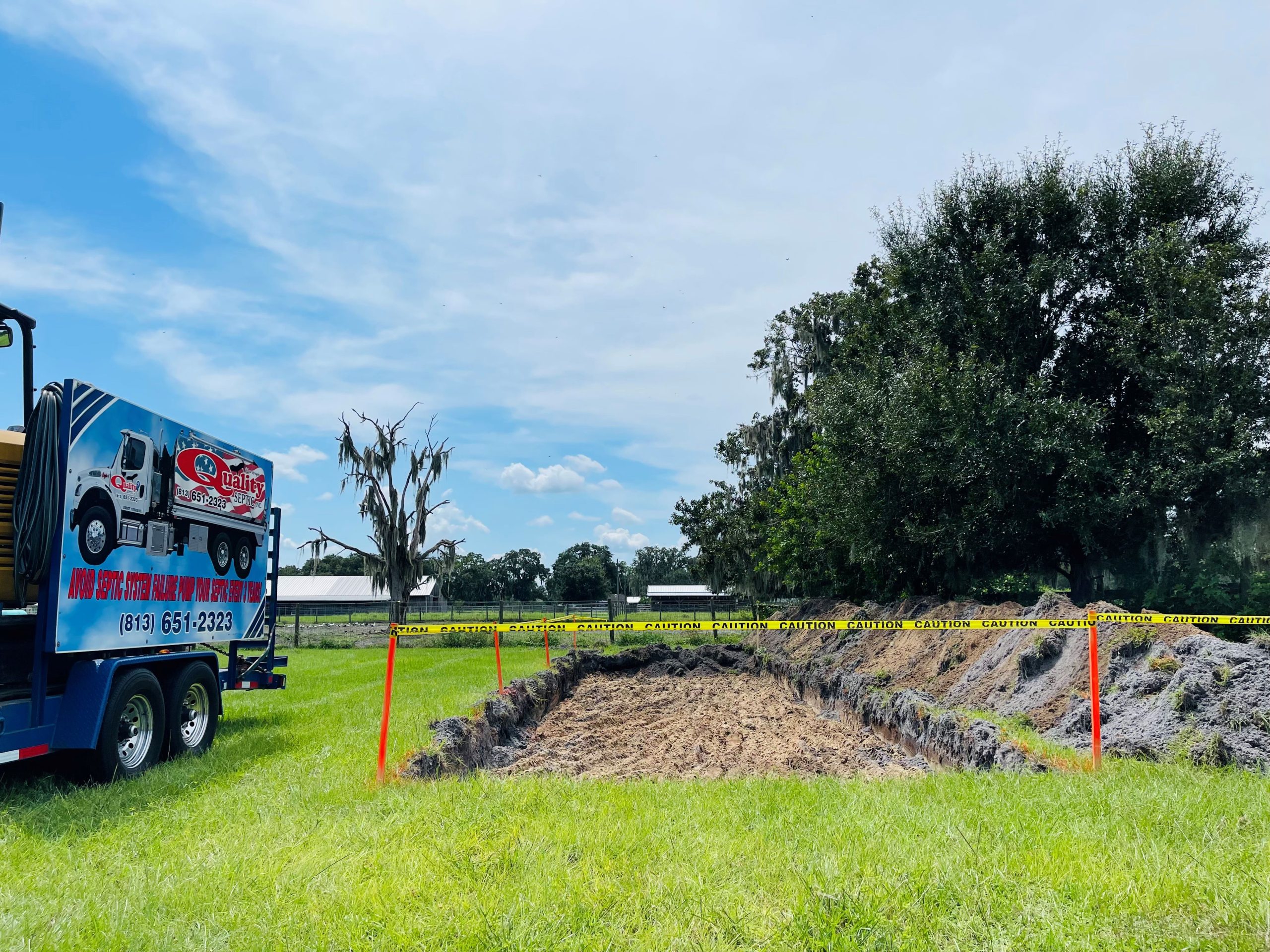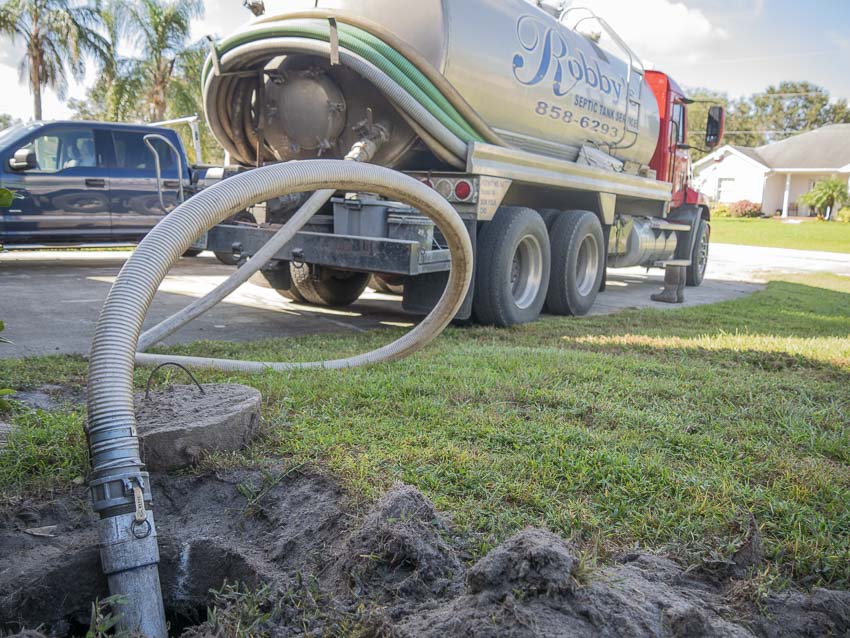Stillwell Septic And Grading Fundamentals Explained
Table of ContentsStillwell Septic And Grading Things To Know Before You BuyStillwell Septic And Grading Can Be Fun For Everyone3 Easy Facts About Stillwell Septic And Grading DescribedStillwell Septic And Grading - An OverviewThe 6-Second Trick For Stillwell Septic And GradingThe 5-Second Trick For Stillwell Septic And GradingSome Ideas on Stillwell Septic And Grading You Should Know
Generally, sewage-disposal tank installment is an intricate process that calls for careful planning and implementation. Home owners should collaborate with a reputable installment group and know neighborhood guidelines and requirements to make sure that their septic tank functions effectively for many years to find. After the septic storage tank has been installed and attached to the drainpipe area, it is time to backfill the location.The backfill material should be devoid of clods, big rocks, icy matter, and particles that can lead to spaces in the backfill that might allow working out over time. Crushed rock or pea gravel 1/2-inch in diameter is preferred if indigenous products are not appropriate. Once the backfilling is full, it is time to landscape the location.
When the septic system has been installed, it is vital to evaluate it to ensure that it is working correctly (Septic Tank Installation). https://anotepad.com/note/read/24cj6eyr. Evaluating the system includes checking for leaks, guaranteeing that the storage tank goes to the ideal degree, and checking out the drainpipe area. One of one of the most typical examinations done is the hydraulic lots test
Facts About Stillwell Septic And Grading Uncovered
The water is then checked to make sure that it moves correctly with the pipelines and right into the drain field. If the water does not flow properly or backs up right into the storage tank, it may suggest a trouble with the system. An additional test that is commonly executed is the dye examination.
The color is then monitored to make sure that it streams appropriately via the pipelines and into the drain field. If the dye does not move correctly or shows up in the incorrect location, it might show an issue with the system. It is necessary to have a specialist execute these tests to ensure that they are done correctly.

The 20-Second Trick For Stillwell Septic And Grading
Here are some vital tips for property owners to maintain their septic tank: The ordinary house septic tank should be inspected at the very least every three years by a septic solution specialist. The regularity of pumping depends on the size hop over to these guys of the container and the variety of people utilizing it. https://www.easel.ly/browserEasel/14448688. A general guideline is to pump the tank every 3 to 5 years
Making use of water-efficient components and appliances, such as low-flow showerheads and bathrooms, can lower water use and help the septic system work a lot more successfully. Just flush toilet tissue and human waste down the toilet. Stay clear of flushing anything else, consisting of feminine hygiene items, infant wipes, and cooking oil, as they can obstruct the system.
The Ultimate Guide To Stillwell Septic And Grading
Septic system setup is a complicated process that requires cautious planning and execution. House owners need to understand the essential actions included in the setup process to guarantee that their septic system operates properly and efficiently. The very first step is to examine the website where the septic tank will certainly be installed.
As soon as the website has actually been evaluated, the next action is to prepare for the setup. Home owners need to make certain that their contractor is experienced in septic tank setup and will certainly work together with them throughout the process.
The 8-Second Trick For Stillwell Septic And Grading

Homeowners need to know the necessary actions involved in the setup process to ensure that their septic tank works correctly and successfully. By adhering to these actions and preserving their system, home owners can relax guaranteed that their septic system will give trusted wastewater therapy for years to find.
Virtually one in 5 U.S. homes have septic systems. If you're not properly preserving your septic system, you're not only hurting the atmosphere, you're placing your household's health and wellness at riskand may be flushing thousands of bucks down the drain!
Stillwell Septic And Grading - An Overview

All that additional water can really stress your septic system. This can be helpful particularly if your system has not been pumped in a long time.
A Biased View of Stillwell Septic And Grading
Know your system's area. When you have the container pumped, draw a layout or map revealing its area in relation to fixed factors - corners of the home, steps, or fence messages.
Excessive water can harm it. Do not dig, construct, or plant anything apart from lawn over the drainfield. Save water. Septic Installers. Lower the quantity of wastewater that have to be dealt with and thrown away by your system: Clean no even more than a couple of lots of clothing daily. Approximately 53 gallons of water flood your septic system with each lots, so it's best to spread out washing out over the week.
Comments on “The Ultimate Guide To Stillwell Septic And Grading”